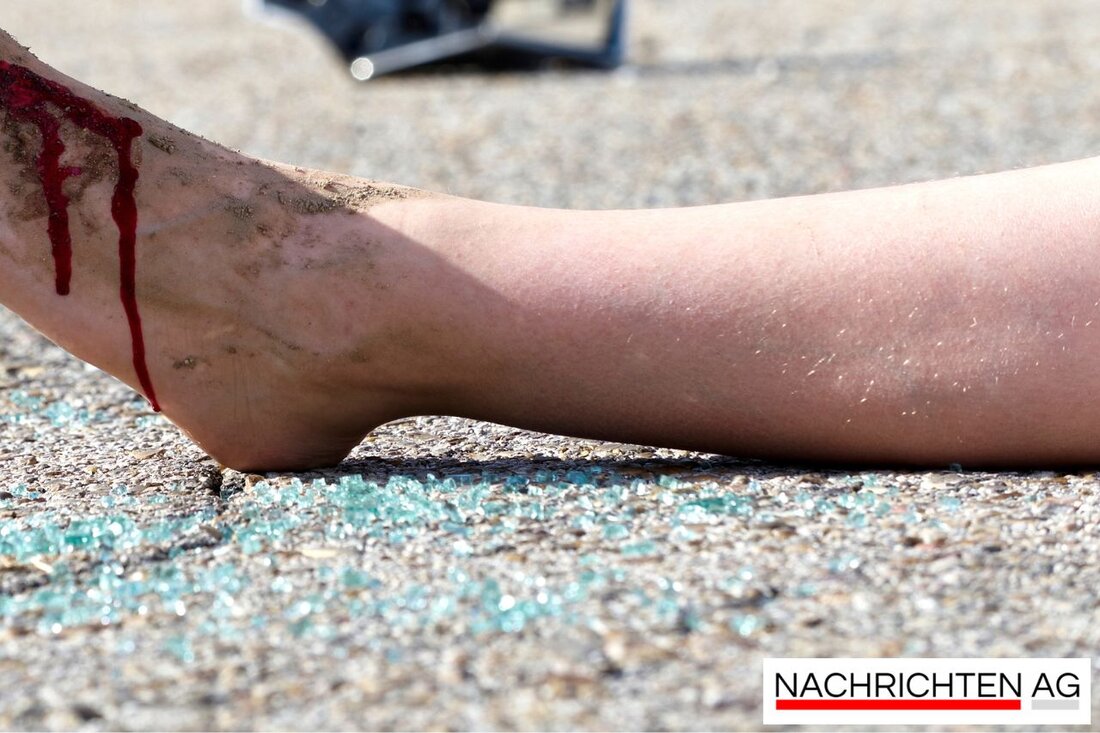Dispute over Bremen racecourse: green space or living space?
The debate about the racecourse in Berlin shows conflicts between urban development and citizens' interests. Find out more about the current developments and Bremen's role in this process.

Dispute over Bremen racecourse: green space or living space?
The discussion about the use of the former racecourse in Bremen is strongly reminiscent of the debate surrounding the Tempelhofer Feld in Berlin. A diverse field of tension between different interests becomes visible there - on the one hand, the idea of preserving the area as a green open space, on the other hand, the desire for urban development Weser-Kurier.
Since the referendum in 2019, in which 56 percent of voters spoke out against developing the racecourse, the future of this area remains uncertain. Many voices were surprised that their “yes” to the citizens’ initiative, which rejected the development, did not result in the area being approved. Instead, the original plans of the then red-green-led Bremen Senate, which envisaged moderate development with lots of greenery and local recreation, are faced with the question of implementation Buten un Binnen.
Current usage and perspectives
The racecourse is now actively used for various temporary use projects. This includes offers such as an outdoor school, a bicycle cross track and equestrian events. This use has developed over time, even if a competition to design the area has already produced a winner in 2022, a concrete development plan is still not in sight Buten un Binnen.
The problem is exacerbated by a lack of financial resources to implement further plans in the 2024/25 budget. Nevertheless, there is a first path across the site that has already been completed. The winning design by the West8 architectural firm envisages a modern and well-kept area that offers space for culture and sport and does not contain any golf or horse racing. This shows that the planning processes for urban development here are often tough and conflict-ridden Weser-Kurier.
Urban development and citizen participation
All of these developments are part of a comprehensive urban development strategy that takes social, economic and ecological issues into account and relies on active citizen participation. This is often referred to as the participation paradox, as citizens are often only included in planning processes late, when the scope for participation has already diminished. It is emphasized that early information and participation are crucial in order to protect the interests of citizens citizen society.
Bremen has initiated proactive urban development since 2015, particularly with regard to migration and urbanity. This raises the question: How is urban life created that can be used by all citizens? Aside from citizen participation, it remains a challenge to find solutions that focus on both the need for living space and the preservation of open spaces Weser-Kurier.
In summary, the racecourse remains an example of the complexity of modern urban planning, where the balancing act between nature, housing needs and the voice of citizens will shape the decisions to come. The question of how Bremen will develop further remains open.

 Suche
Suche
 Mein Konto
Mein Konto